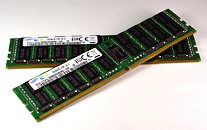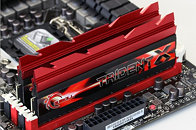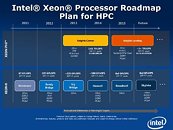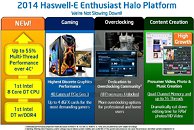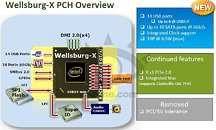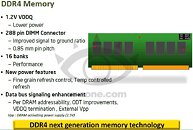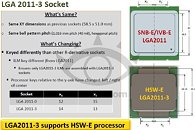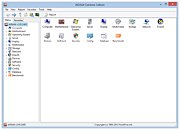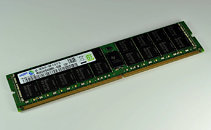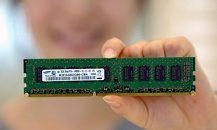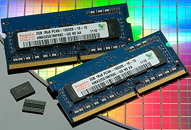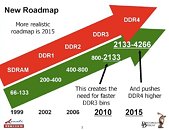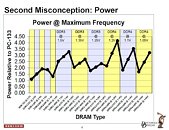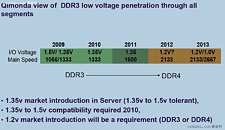
Samsung Now Mass Producing Industry's Most Advanced DDR4
Samsung Electronics Co., Ltd., the world leader in advanced memory technology, today announced that it is mass producing the most advanced DDR4 memory, for enterprise servers in next-generation data centers.
With the introduction of these high-performance, high-density DDR4 modules, Samsung can better support the need for advanced DDR4 in rapidly expanding, large-scale data centers and other enterprise server applications.
With the introduction of these high-performance, high-density DDR4 modules, Samsung can better support the need for advanced DDR4 in rapidly expanding, large-scale data centers and other enterprise server applications.
